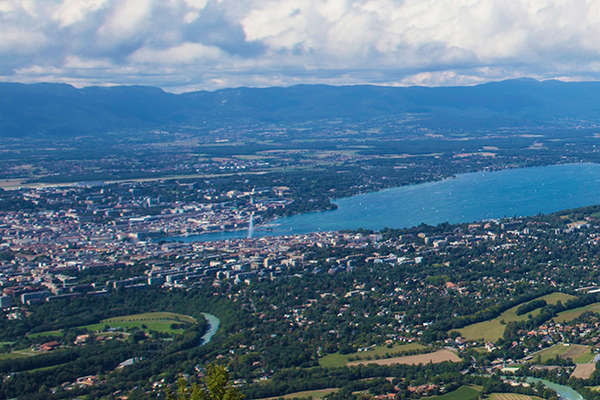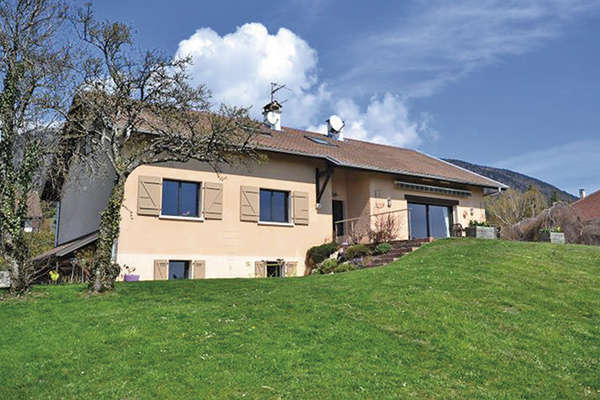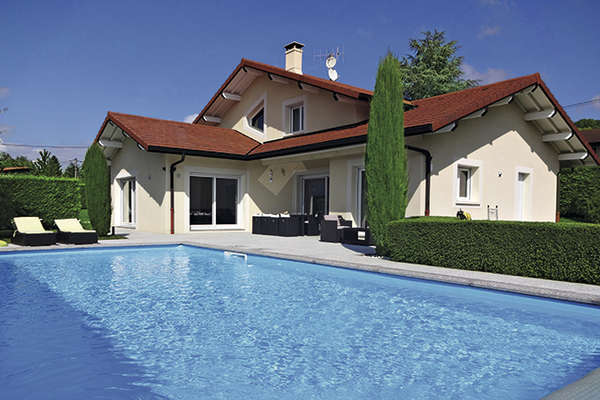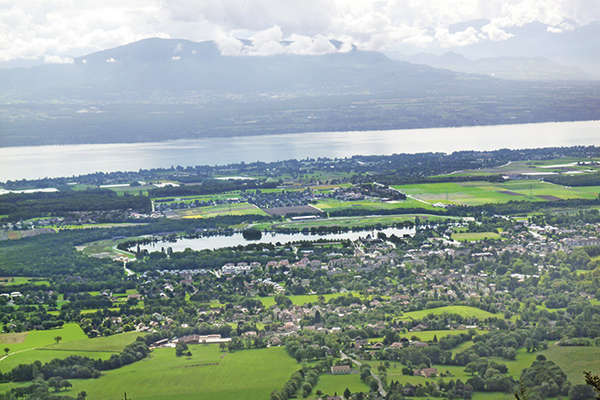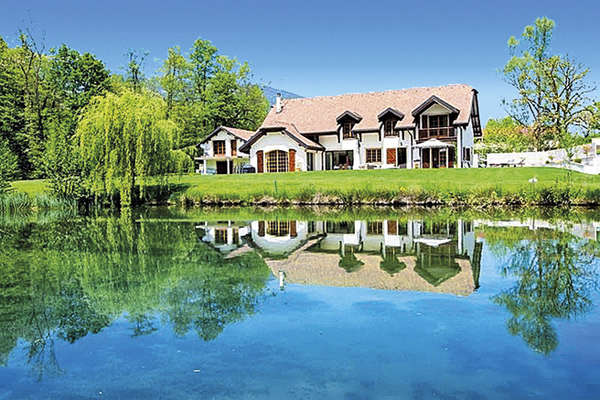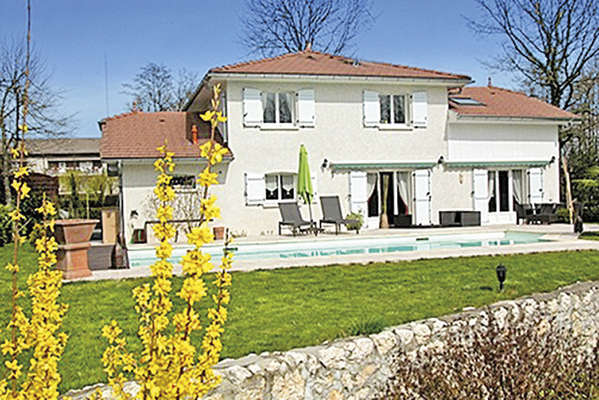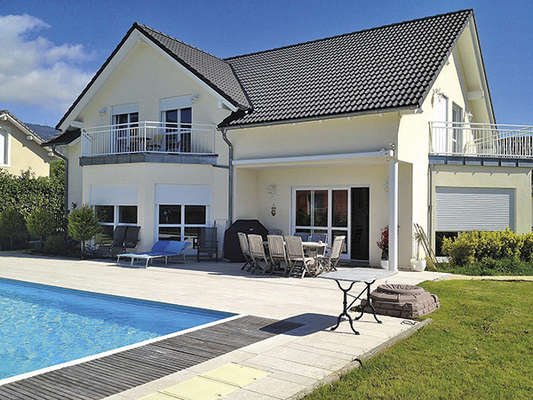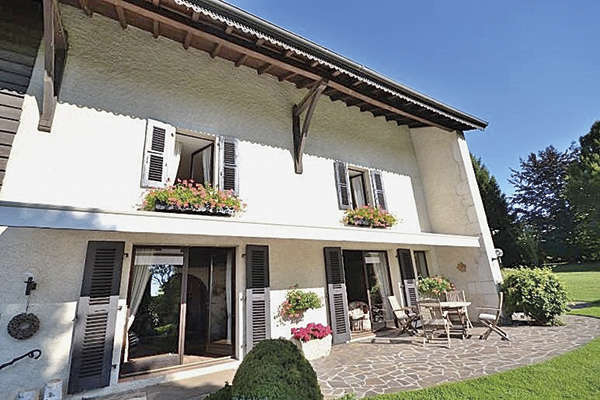Aix-les-Bains, between mountains and the lake
By Laetitia Rossi - 20 July 2010
Known as one of France’s most reputable spas for the treatment of arthritis and rheumatism, but also for the development of its tourist industry, thanks in particular to its beaches and watersports activities, this lovely town between Chambéry and Annecy, just a 3-hour trip from Paris on the TGV, can certainly advance some convincing arguments.
With 2,260 habitants and 54,400 within its greater area, Aix-les-Bains boasts a first-class historical heritage, and particularly a magnificent legacy from the “Belle Epoque”. Laying claim to the largest freshwater harbour in France, this town founded in the 1st century A.D. also offers a golf-course, racecourse, two casinos and lots of shops. Several large companies have moved into the area including Léon Grosse, Areva, ABB Cellier and Aixam. In fact, there has been so much urban expansion that the border between the areas belonging to Aix and Chambéry is no longer as marked as in the past. Population figures are rising for Tresserve, Mouxy, Grésy-sur-Aix, Pugny-Chatenod, Brison-Saint-Innocent and Drumettaz-Clarafond, and also in the locality over towards Le Bourget. Initially, housing began to spring up on the hills, though areas closer to the lake are now drawing more interest. “It’s hard to deny the impact the financial crisis has had on the market. It is, however, clear that Aix has convincing arguments to counter ups-and-downs in the international economy. The top end of the market is in fact doing well : the slowdown has had a greater effect on standard residences built in the 60’s and 70’s. The terms “correction” and “slowdown” are more appropriate then “collapse”, probably over-used by the media,” says Pascale Piccolet of Clerc-Renaud Immobilier. After a drop in prices of 10 % at most and hesitant activity throughout 2009, estate-agents are now seeing a resurgence of both supply and demand. “60 % of the buyers we see at Clerc-Renaud are looking for year-round homes. Mostly retired, they pay around 400,000 € for a house of 140 m2 in grounds of 1,000 m2 or 300,000 € for a 3-bedroom apartment with a garage and terrace in the town centre, a rare commodity,” adds Pascale Piccolet. 30 % of buyers prepared to invest from 50,000 € - the price of a studio of 20 m2 in need of some refurbishment - to 120,000 € - the budget required for a 1-bedroom apartment of 40 m2 in good condition - set their sights on older buildings with the intention of renting. They usually prefer long-term rather than seasonal rentals, the latter requiring a personal commitment they see as too heavy. The yield is around 4-5 %, although this segment suffers from competition from new accommodation which, when one tots up all the various advantages, costs pretty much the same. Finally, fans of cures in the spas and 50 year-olds looking forward to retirement comprise demand for secondary homes. Which range from a lovely 1-bedroom apartment costing 150,000 € to a recently-sold lake-front duplex of 70 m2 at 270,000 €. The advantage of Aix, traditionally more expensive than Chambéry and probably boosted by the attraction of Le Bourget, lies in the diversity of its housing possibilities, capable of satisfying a broad clientele.
“Remember, however, that the majority of Aix’s population cannot afford more than 250,000 € for an apartment, and that beyond 300,000 € a choice has to be made between an apartment and a house,” notes Odette Buchet of Orpi Valorisation Immobilier. Indeed, as in all French towns posting high prices, many people find it very hard to become home-owners. With the decline in the price of both properties and interest rates, the so-called middle class is however gaining in purchasing power. Over the past two years, there has been a massive wave of new developments, showing the risk of giving priority to tax advantages over and above the intelligent constitution of investments. In other words, this estate-agent considers “opting for older buildings” more judicious over the long term. In Aix, it is now hard to remain oblivious to the joint notions of pleasure and leisure. As regards the quality of life, the town is quite comparable to Annecy. The service sector continues to forge ahead, and the population is getting younger. With the quality of main roads and significant price differences between the two, there are good reasons for falling back on Aix-les-Bains. Technolac employees are also succumbing to the charm of the site. The result is a recent resurgence of budgets between 350,000 and 450,000 € and encouraging prospects for the future, thanks to the town’s geographical location as well as its intrinsic assets.
“Naturally, the area has some neighbourhoods more attractive than others. Some people are set on being close to the lake, drawn by the view and the comfort of recent developments offering terraces, an advantage not enjoyed by “Belle Epoque” residences,” says Florent Jeantet of 360° Immobilier. An apartment opening out to the lake costs on average 3,800 €/m2 on a resale basis, 4,200 € if brand new. Less inclined to accept the seasonal aspect and especially the morosity of the winters, elderly clients prefer the convenience of the town centre, especially as noise is not always a factor. They thus spend 2,800 or 3,300 €/m2 respectively. 35-45 year-olds and their children appreciate “pavillons” on the hills with plunging panoramic views of the rooftops and France’s largest natural lake. Rubbing shoulders with a small number of apartment buildings, houses here range from 350,000 to 450,000 €, exceptions aside. Often finely-tuned, demand is shared out equally between the three sectors. Finally, it is becoming increasingly common to pay an identical amount for a villa or an apartment with a large surface area. In fact, properties change hands in both directions, depending on the buyer’s age and requirements.
